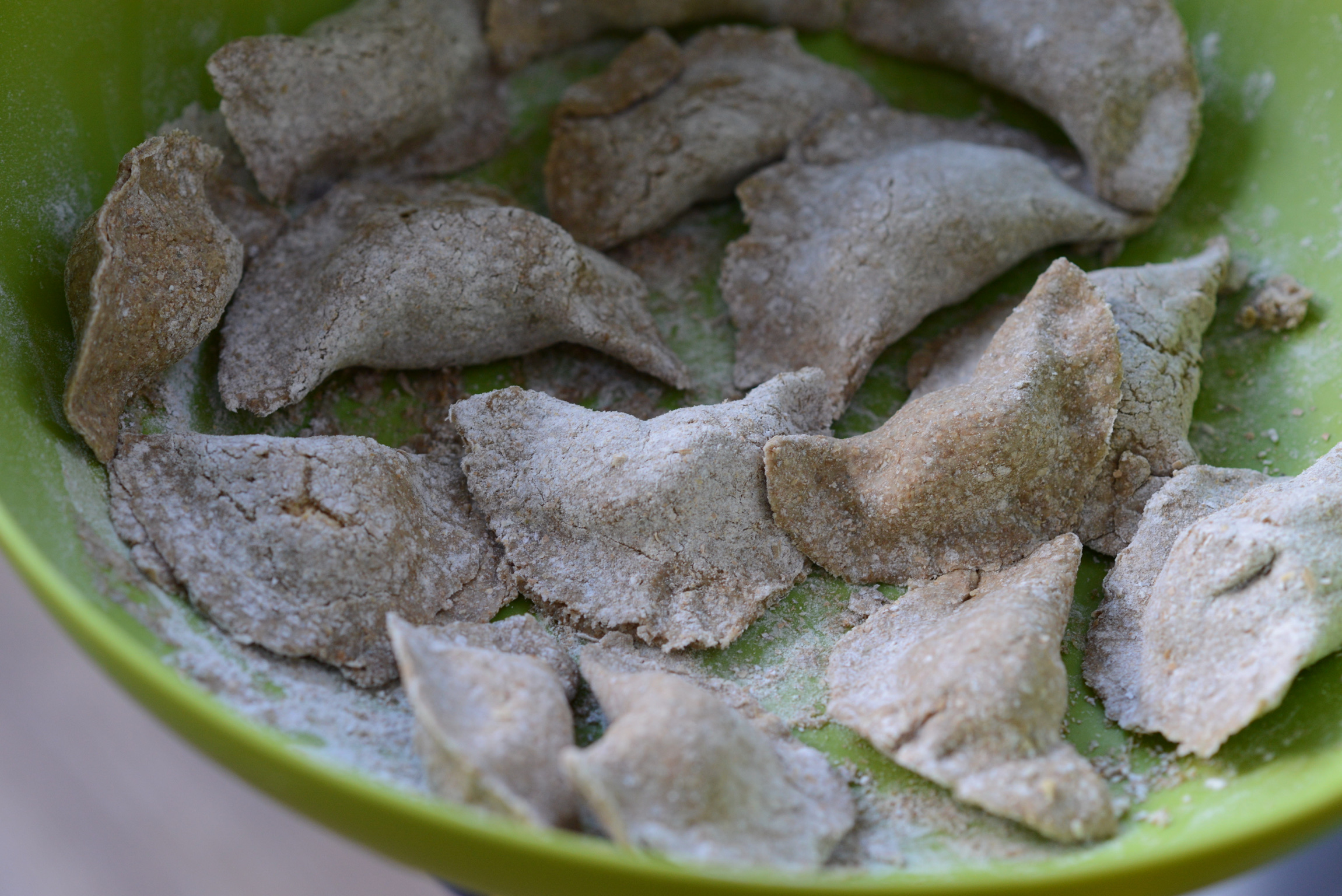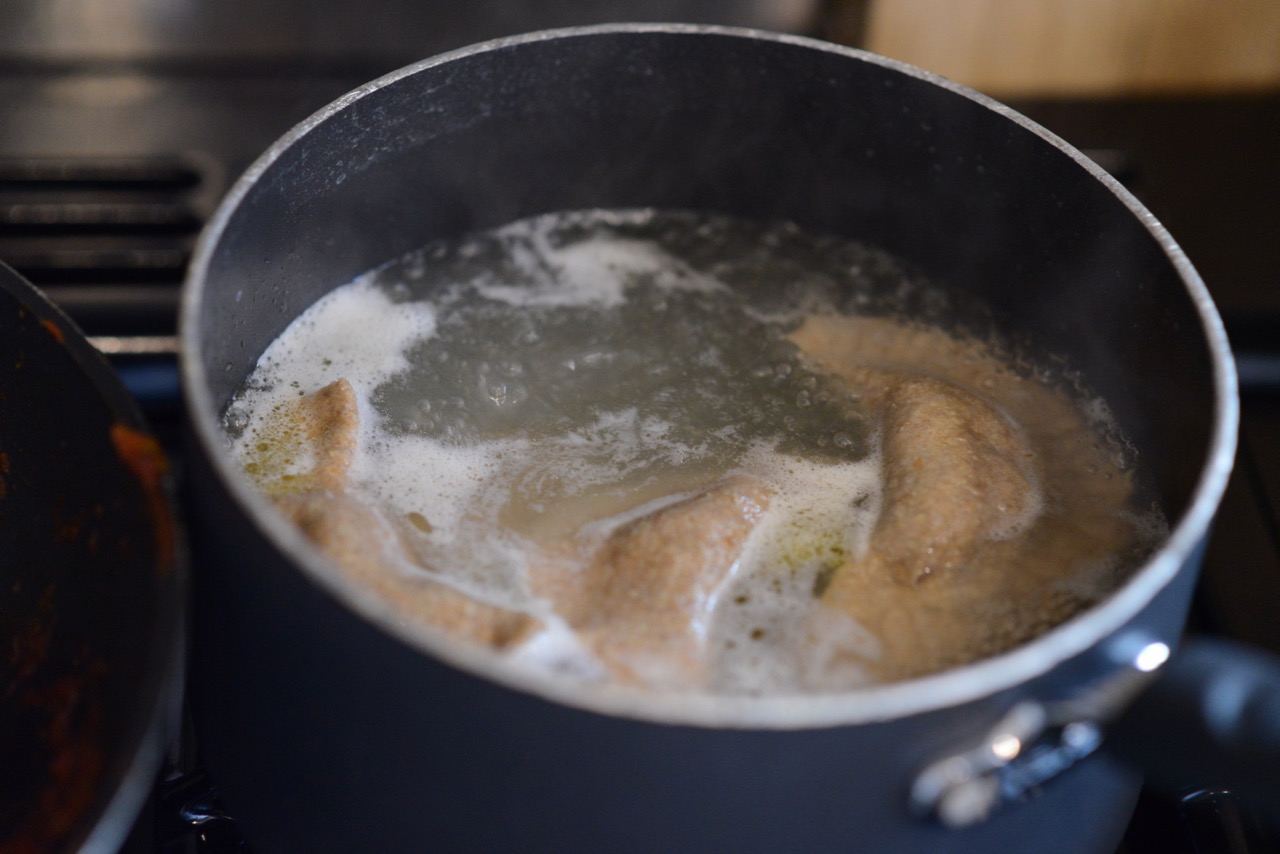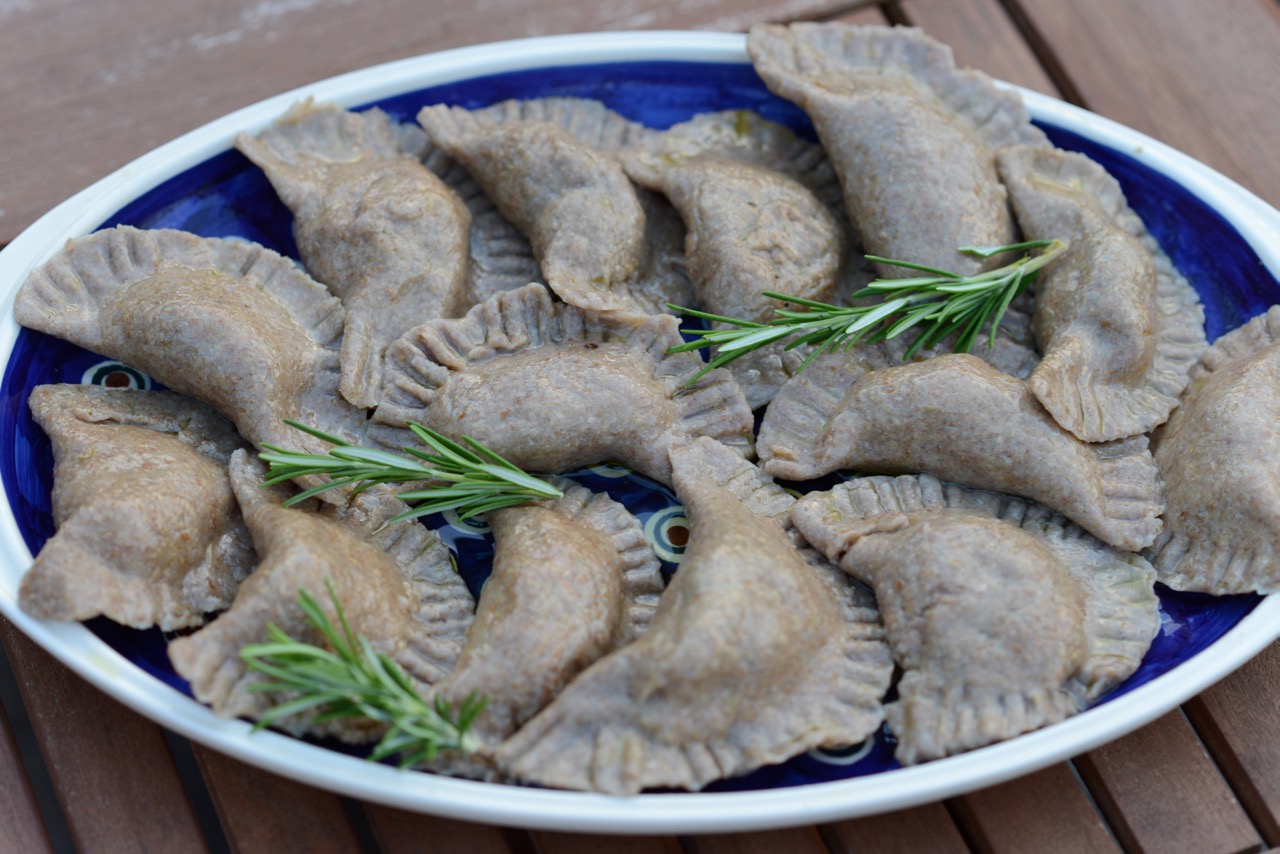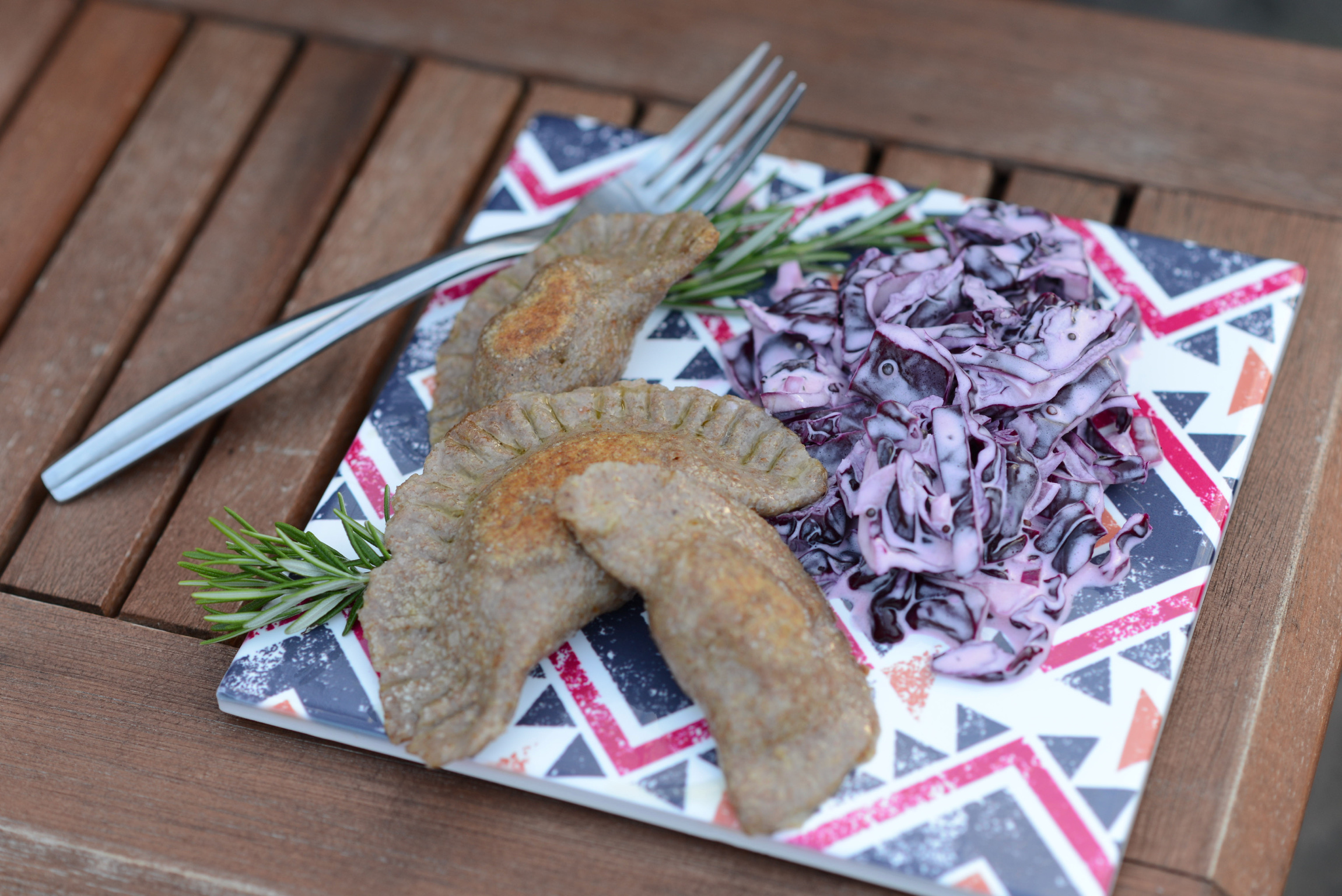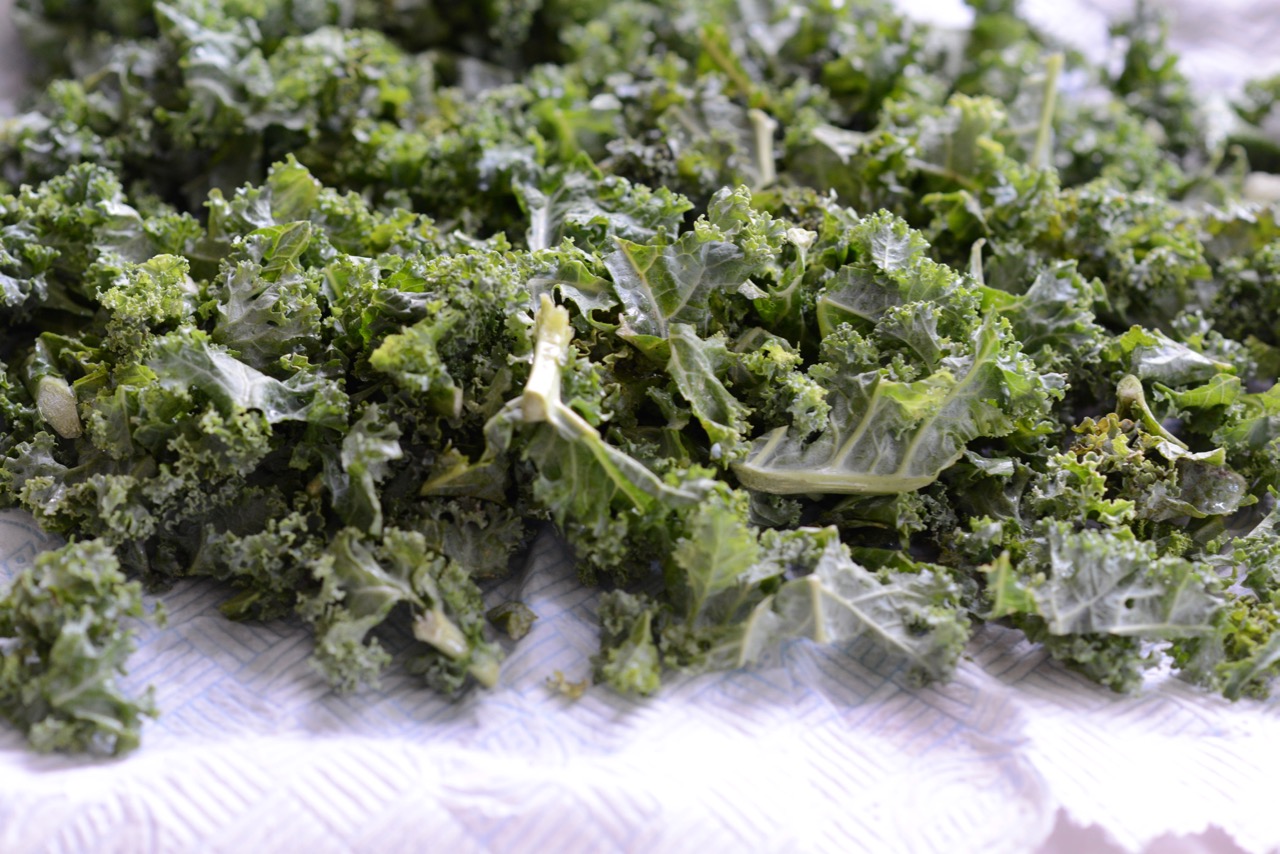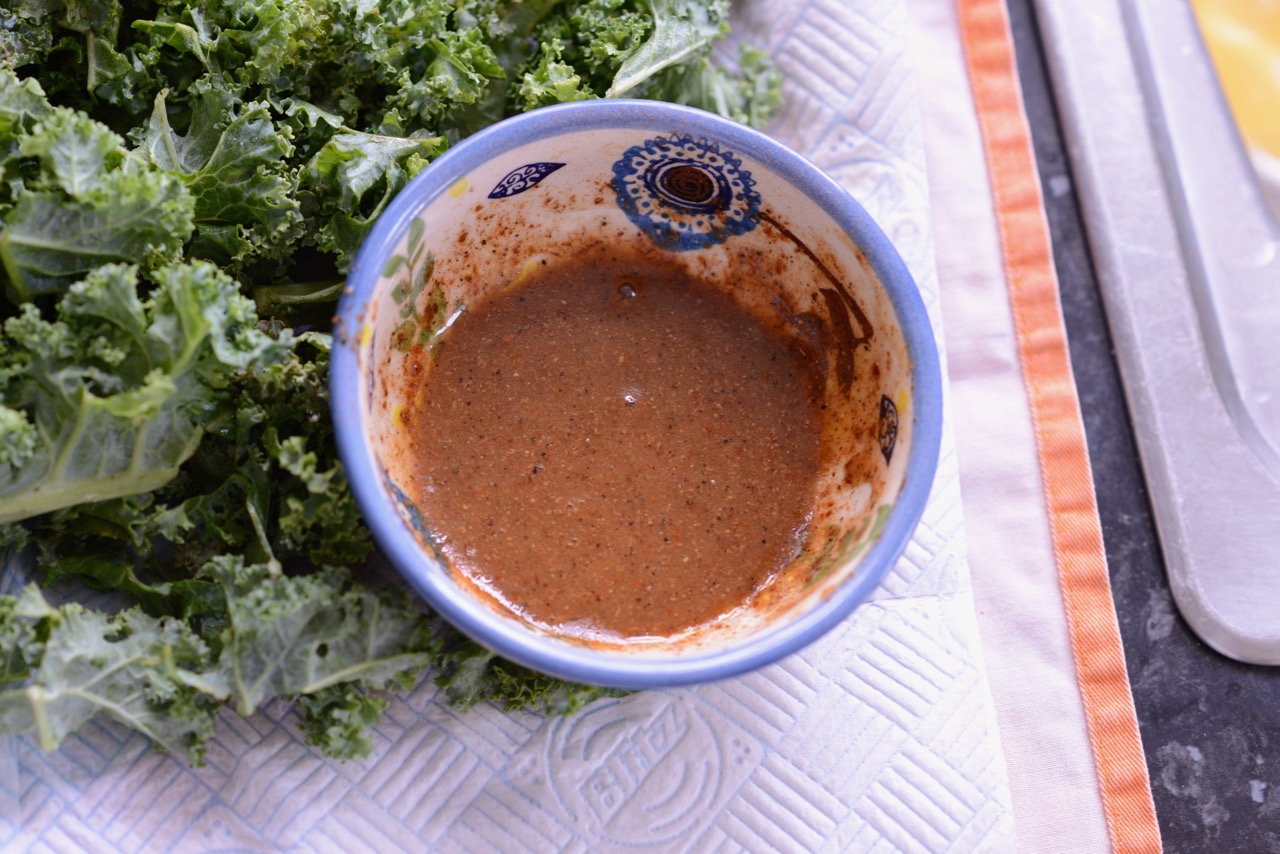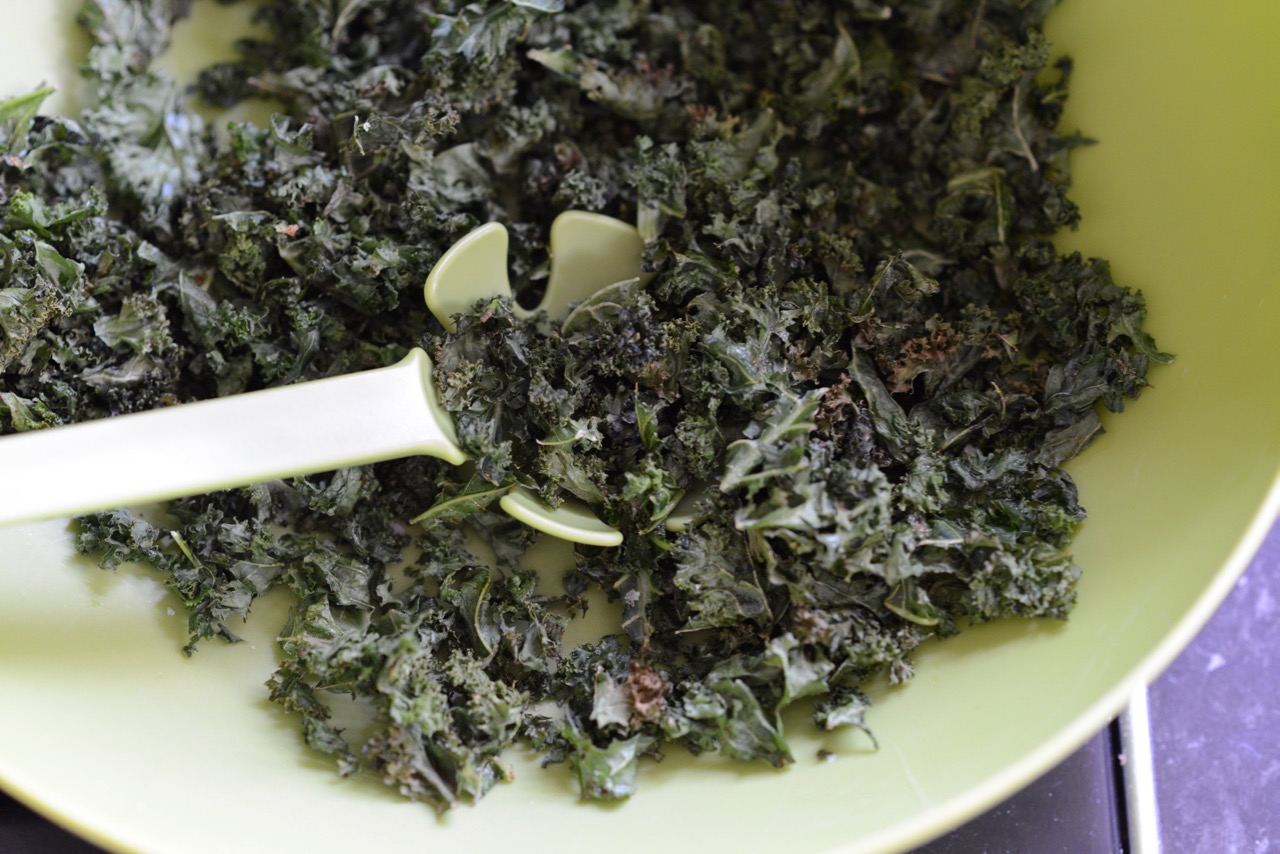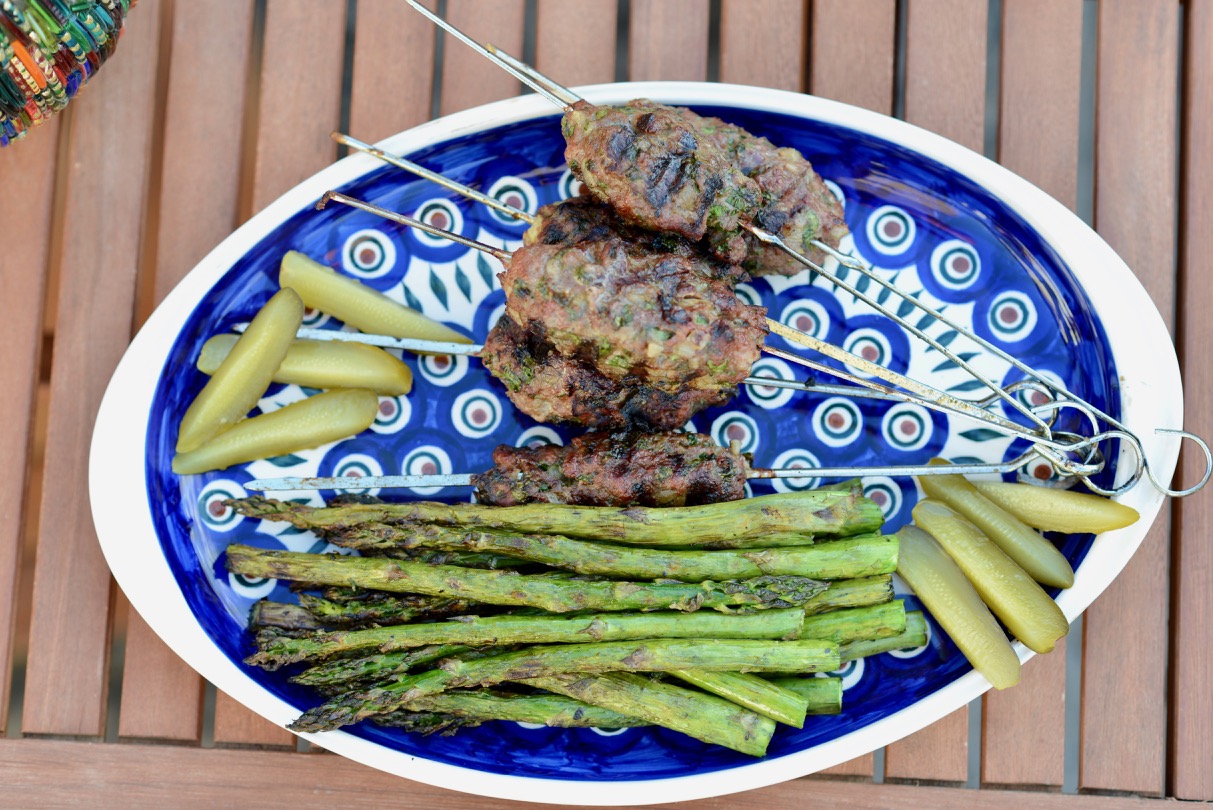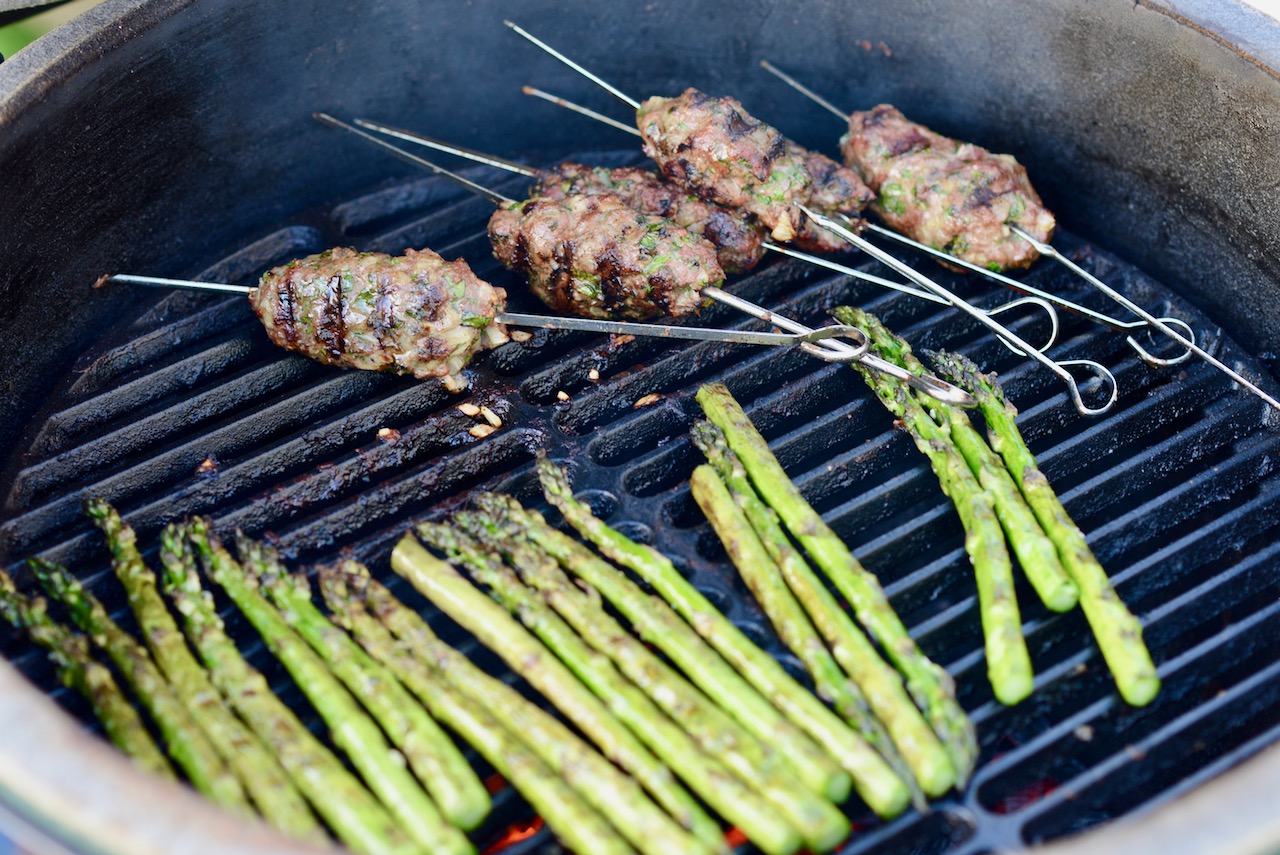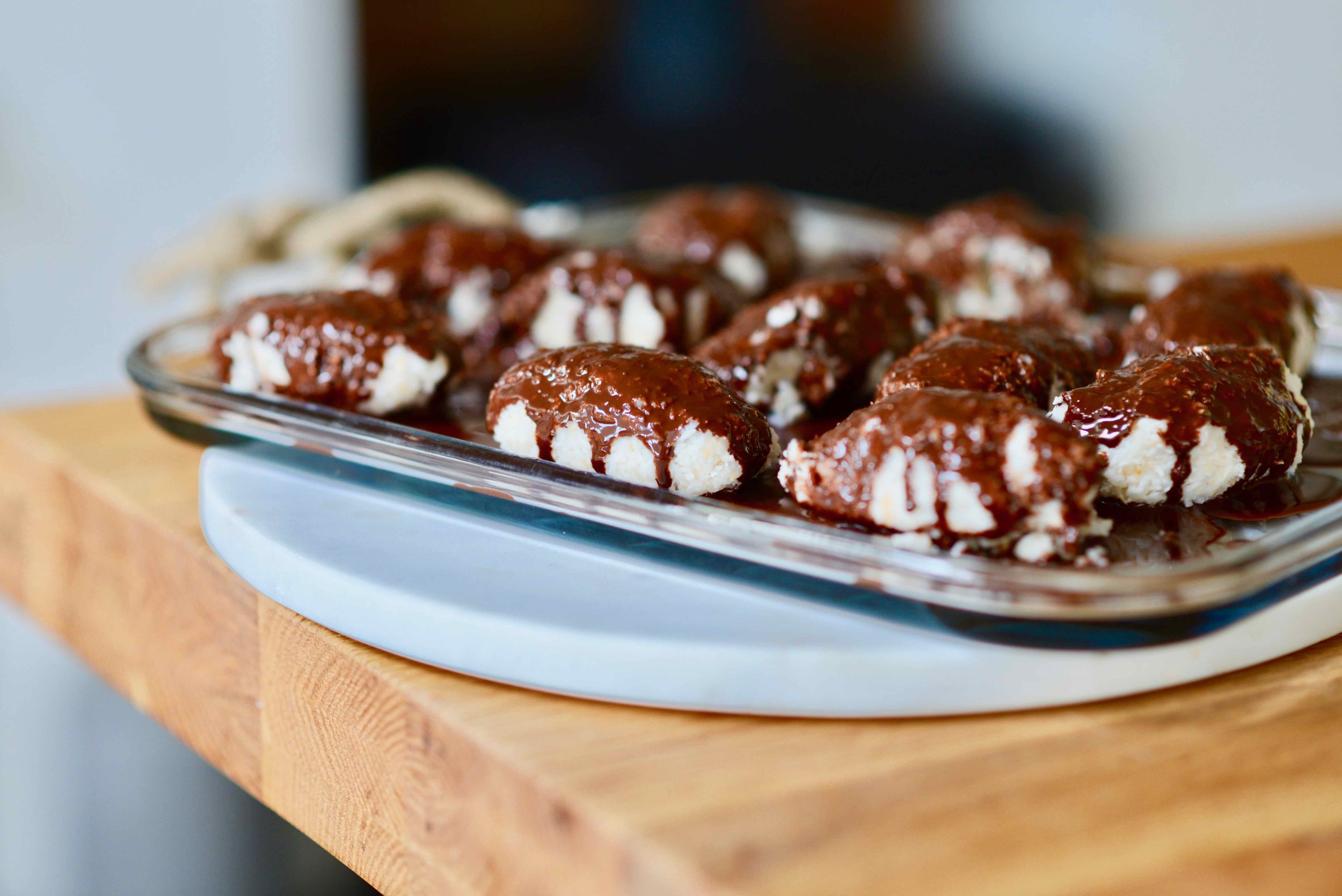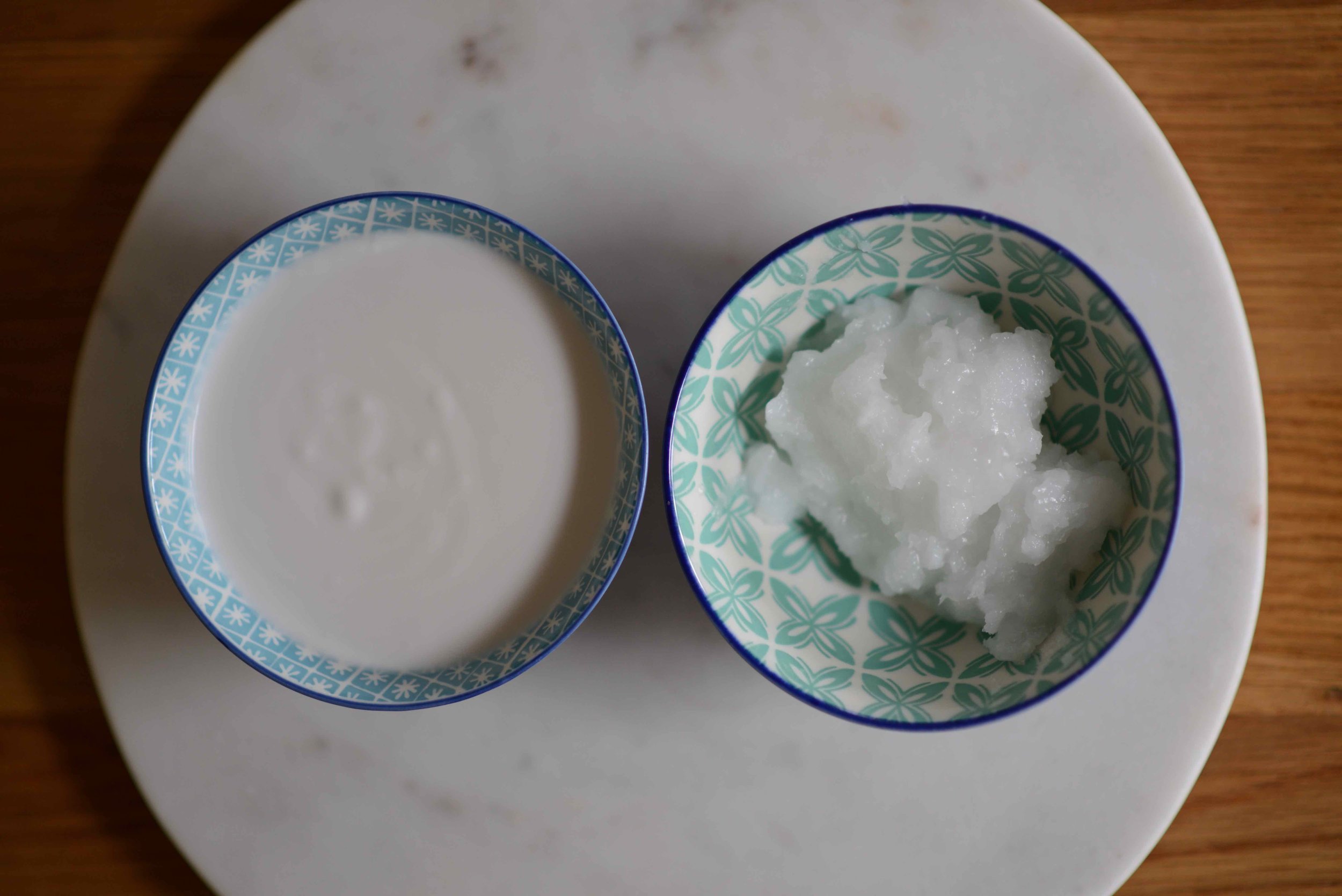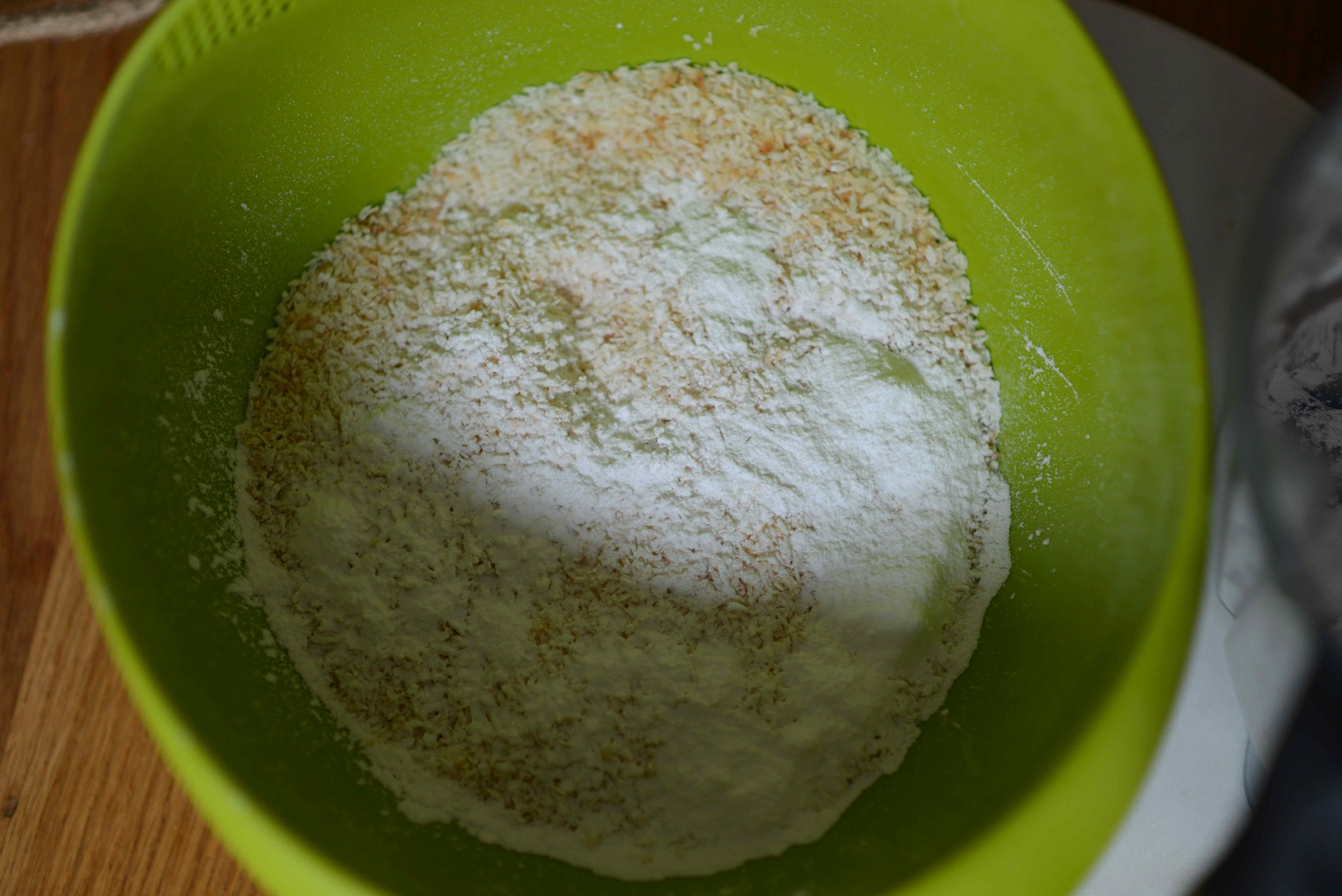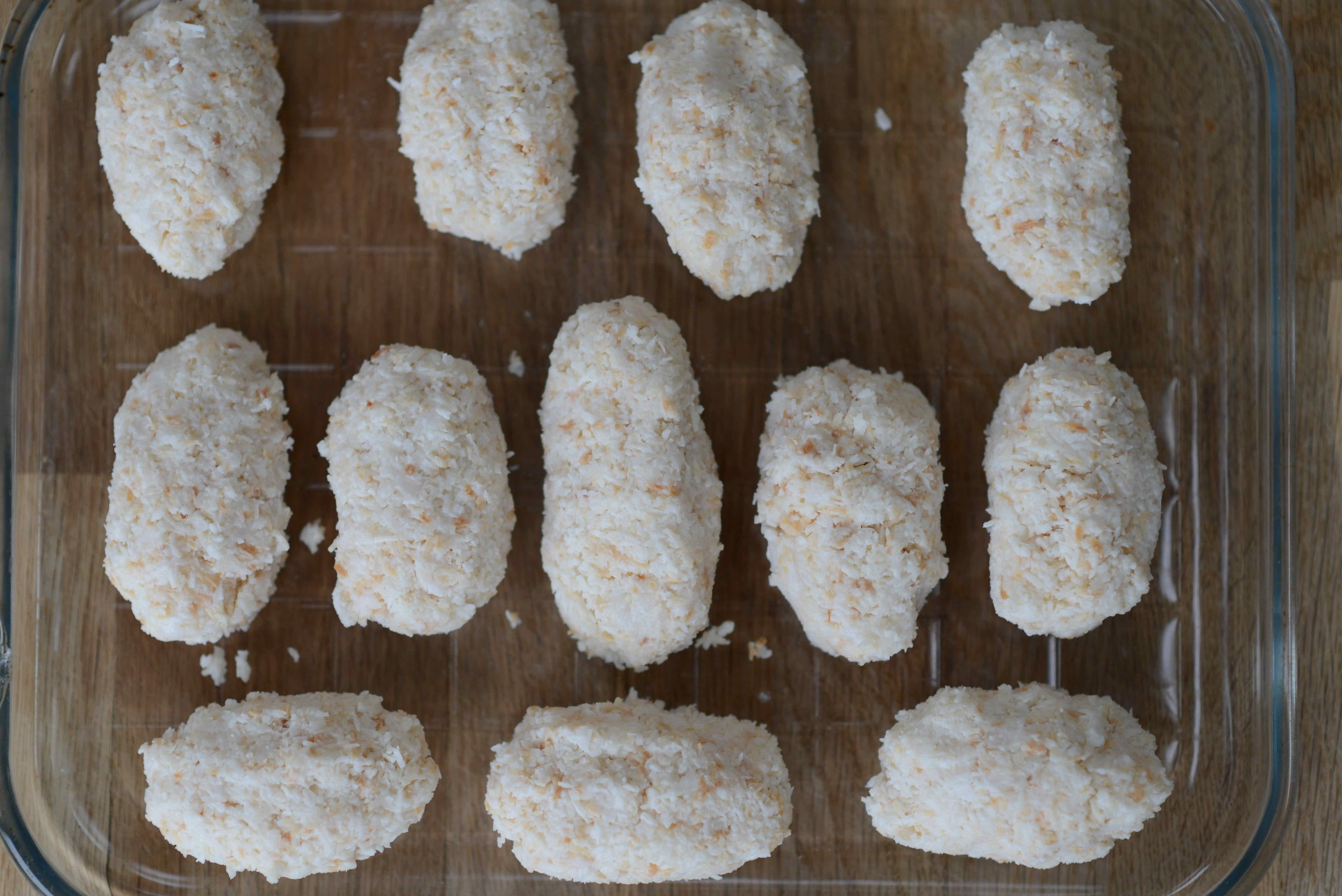I made this cheesecake for my husband’s birthday. Although baked cheesecake is part of my culture, I never before attempted to make it with so very little carbohydrates added. We normally use biscuits or husks soaked in butter and milk to make a base and add lots of sugar to heavily sweeten the cheesecake. For keto cheesecake I used coconut and almond flour to create the base and erythritol & stevia instead of sugar. This cheesecake went down a treat not only for husband but also my little man.
Ingredients for a cheesecake’s base:
- Half cup of almond flour
- Half cup of coconut flour
- ¾ cup of coconut roasted flakes
- Butter or vegetarian alternative (I used Pure dairy free sunflower spread)
Ingredients for a cheesecake:
- Cottage cheese
- 1/4 cup of erythritol/stevia
- Half cup of full fat sour cream
For topping:
- Dark chocolate (sweetened with stevia)
- Blueberries and raspberries
Preheat oven to 160C for gas.
Mix almond and coconut flour together, add coconut flakes and melted butter. Lay the baking tray with a parchment paper and scoop in the mixture to form the base at the bottom of the baking tray.
Blend cheesecake in a food processor until super smooth. Add erythritol, stevia and sour cream. Mix it together and pour the mixture onto the base in the prepared baking tray.
Bake in the oven for about 45/50 min, to check whether the cheesecake is ready prick a skewer into the cake. If it comes out clean and easily, then it’s ready! Once cooked, switch off the oven and leave it to cool for 30mins.
Melt dark chocolate and pour it over the cheesecake, set some berries on top and pop it in to the fridge. Let it cool for about an hour and it is ready to serve!
Enjoy!


